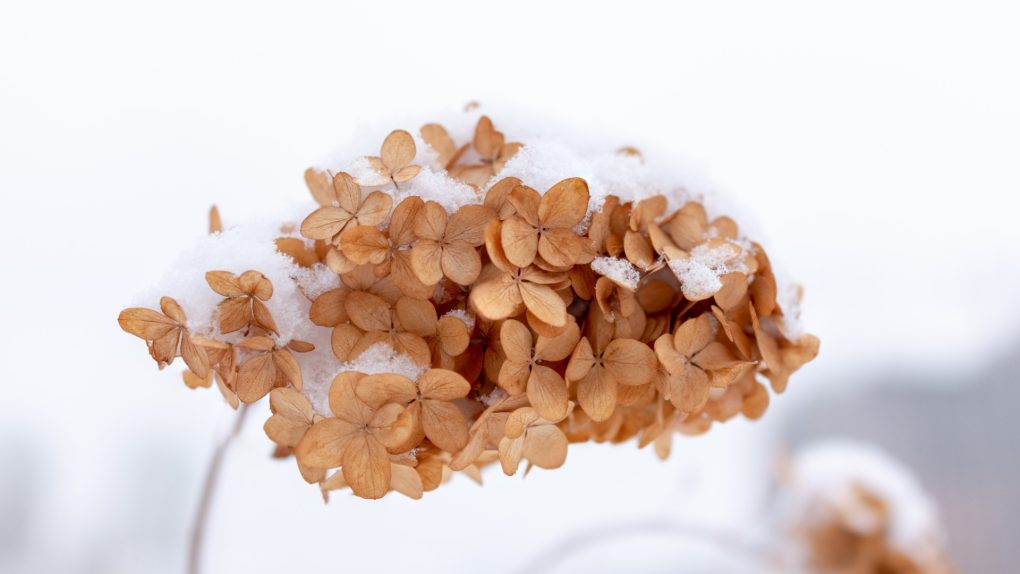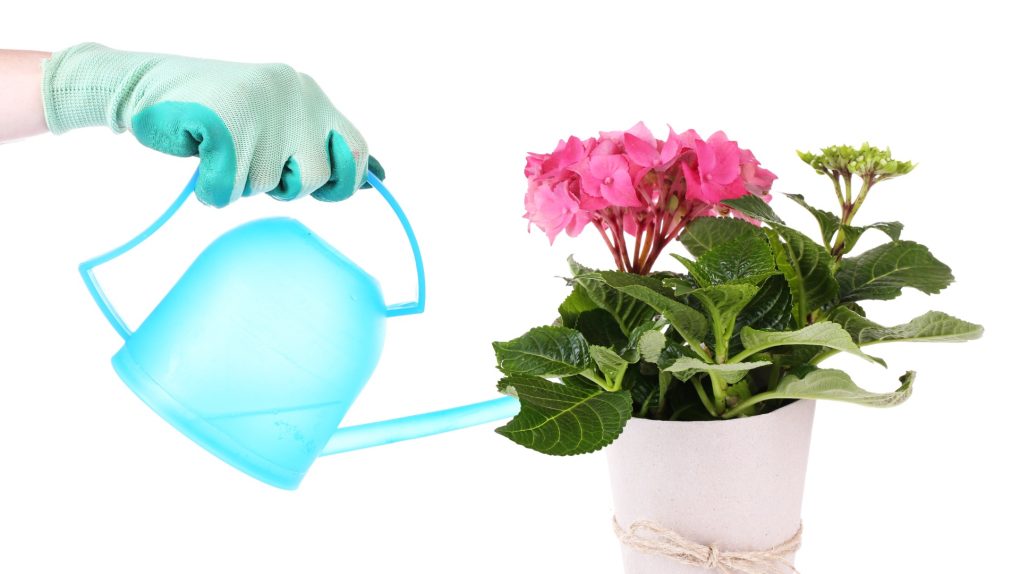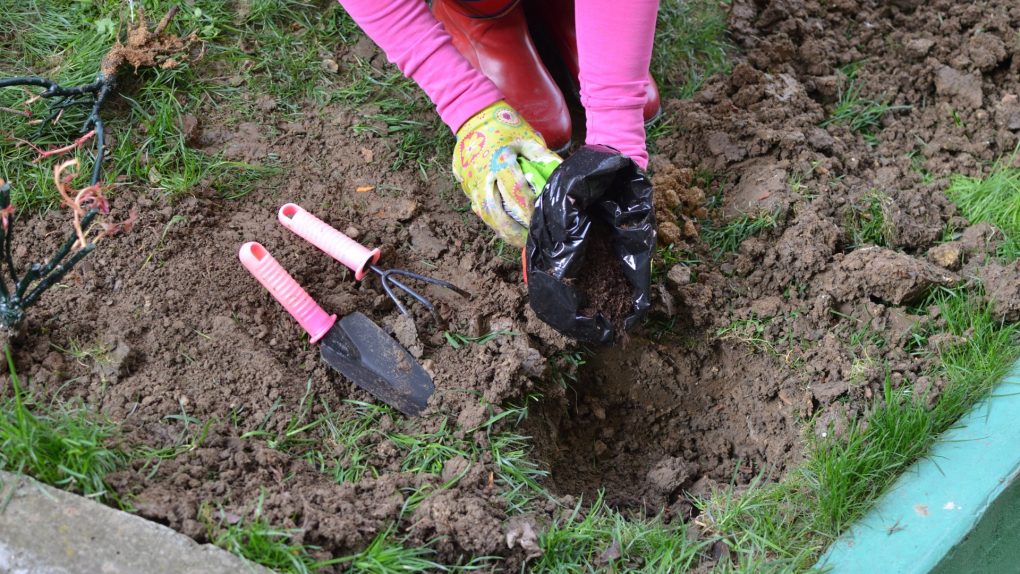Can Hydrangea Survive Frost? Tips for Keeping Your Plants Safe
Hydrangeas are beautiful and popular flowering shrubs that many gardeners belove. However, one question often arises whether hydrangeas can survive frost. This is an important question to consider, as frost can cause significant damage to plants and even kill them in some cases.

Whether hydrangeas can survive frost depends on several factors, including the species of hydrangea, the severity and duration of the frost, and the location and growing conditions of the plant. Some species of hydrangea are more cold-hardy than others, and may be better able to withstand frost and freezing temperatures.
Additionally, hydrangeas grown in colder climates or areas with more severe winters may be more accustomed to frost and better able to survive it.
Table of Contents
Preventing Frost Damage
Hydrangeas are beautiful plants that can add vibrant color to any garden. However, they are also susceptible to frost damage. Fortunately, there are several steps you can take to prevent frost damage and ensure that your hydrangeas thrive.
Choosing the Right Location
One of the most important things you can do to prevent frost damage is to choose the right location for your hydrangeas. Hydrangeas prefer partial shade and moist, well-drained soil. Avoid planting them in areas prone to frost, such as low-lying areas or near buildings that can trap cold air.
Covering Hydrangea Plants
If frost is predicted, covering your hydrangea plants can provide some protection. You can use blankets, burlap, or frost cloth to cover the plants. Secure the coverings so they don’t blow away in the wind. However, removing the coverings during the day is important so the plants can get sunlight and air.
Watering Hydrangea Plants
Proper watering can also help prevent frost damage. Hydrangeas need consistent moisture, especially during dry spells. However, be careful not to overwater, as this can lead to root rot. Water the plants deeply once a week, or more often during hot, dry weather.
Choosing the right location, covering your plants, and providing proper water can help prevent frost damage and keep your hydrangeas healthy and beautiful.

Recovering from Frost Damage
Hydrangeas are hardy plants that can withstand various weather conditions but are not immune to frost damage. If your hydrangea has been affected by frost, there are steps you can take to help it recover.
Pruning Frost-Damaged Parts
One of the first things you should do is prune back any parts of the plant damaged by frost. This will help to stimulate new growth and prevent the plant from wasting energy on damaged tissue. Wait until the temperature has warmed up before pruning, as cutting back the plant while it is frozen can cause further damage.
Use clean, sharp tools to avoid tearing the plant tissue when pruning. Cut back the damaged growth to just above a healthy bud, removing dead or diseased wood. If the entire plant has been damaged by frost, you may need to cut it back to the ground. While this may seem drastic, hydrangeas are resilient plants that often recover from severe pruning.
Fertilizing Hydrangea Plants
Once you have pruned back the damaged growth, it is important to fertilize your hydrangea to help it recover. Use a quality fertilizer high in phosphorus, as this will help stimulate new root and shoot growth. Then, apply the fertilizer according to the manufacturer’s instructions, being careful not to over-fertilize as this can damage the plant.

It is also a good idea to add a layer of organic mulch around the base of the plant to help retain moisture and regulate soil temperature. This will help to create a favorable environment for new growth to develop.
With proper care and attention, most hydrangeas can recover from frost damage and bloom beautifully in the coming season.
